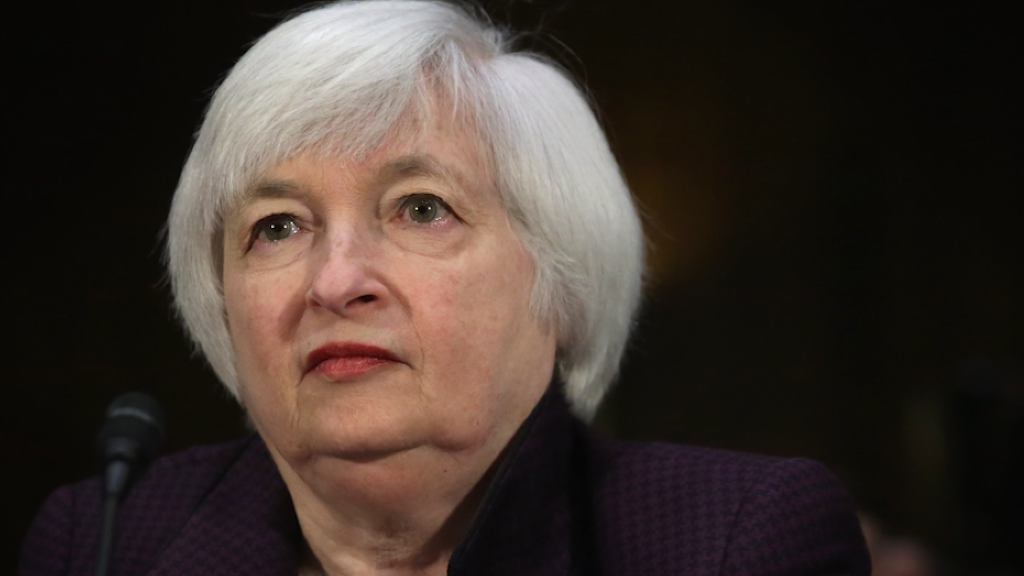
Experts and the media have obsessed for months about when the Fed will make its first interest rate hike. Will it be June? September? 2016?
But here's the catch: the liftoff date is just an appetizer. The main course -- the meat of the issue -- is how quickly the Fed raises rates. Will the Fed push rates up several times in the months that follow? Will those increases be small nudges or big jumps?
The speed is arguably more important to the U.S. economy and stock market than when the play starts.
"The pace is much more important than the date of the first rate hike," says Gus Faucher, senior economist at PNC Financial.
Related: Fed rate hike reverse: September now more likely (again)
Slow and steady: Everyone from Wall Street to Washington to Main Street is antsy about this first rate hike because the Fed hasn't increased rates since 2006 -- before "The Big Bang Theory" even started airing.
America's central bank slashed rates to near zero in December 2008 to stimulate the economy. The Fed has kept rates at those historic lows ever since.
Raising rates will impact everyone. If you have a credit card, car loan, private student loan, money in a savings account, stocks, bonds or are looking for a home mortgage, the Fed's policy will impact you.
In March, the Fed signaled it's getting ready to raise rates by removing the key word "patient" from its official statement. Many interpreted this to mean the Fed could start hiking rates as early as June. But a few weeks later, disappointing data on the weak hiring in March caused many to forecast the liftoff won't come until September.
The Fed won't say exactly when it plans to raise rates, but Fed Chair Janet Yellen has emphasized the central bank will move slowly.
"Even after the initial increase in the target funds rate, our policy is likely to remain highly accommodative," Yellen said in March. That's Fed speak for rates will stay low for awhile.
Yellen's colleague, New York Fed Chair William Dudley, backed her up in early April, saying the path of rate hikes will be "shallow." The Dow gained 227 points after Yellen's comments and 117 points after Dudley's -- a sign that a slow pace holds weight with investors.
Warning sign: U.S. economy only adds 126,000 jobs
This rate hike party won't be like 1994: Moving slowly is a big shift from the past. In 1994, the Fed raised rates numerous times that year, ending with a 75-point rate hike that few expected. In 2006, the Fed raised rates four times.
"They're going to go up, but they're not going to double or triple overnight," says John Canally, chief economist at LPL financial.
The Fed is expected to raise rates once this year and see how the economy reacts. The "wait-and-watch" approach means rates will be low well after the first rate hike, says Rajeev Dhawan, director of the economic forecasting center at Georgia State University.
For car owners or credit card holders, that's a welcome sign. The interest on your floating-rate debt won't go up quickly, economists say.
In fact, the end of rate hikes could even be more important the beginning, some argue. Rates are near zero now, and the Fed projects they could be at 3.5% in a few years.
How the central bank goes from point A to point B is gaining the spotlight.
"It really boils down to how much and how fast. That's what real people should really be focused on." says Jay Bryson, senior economist at Wells Fargo Securities.


